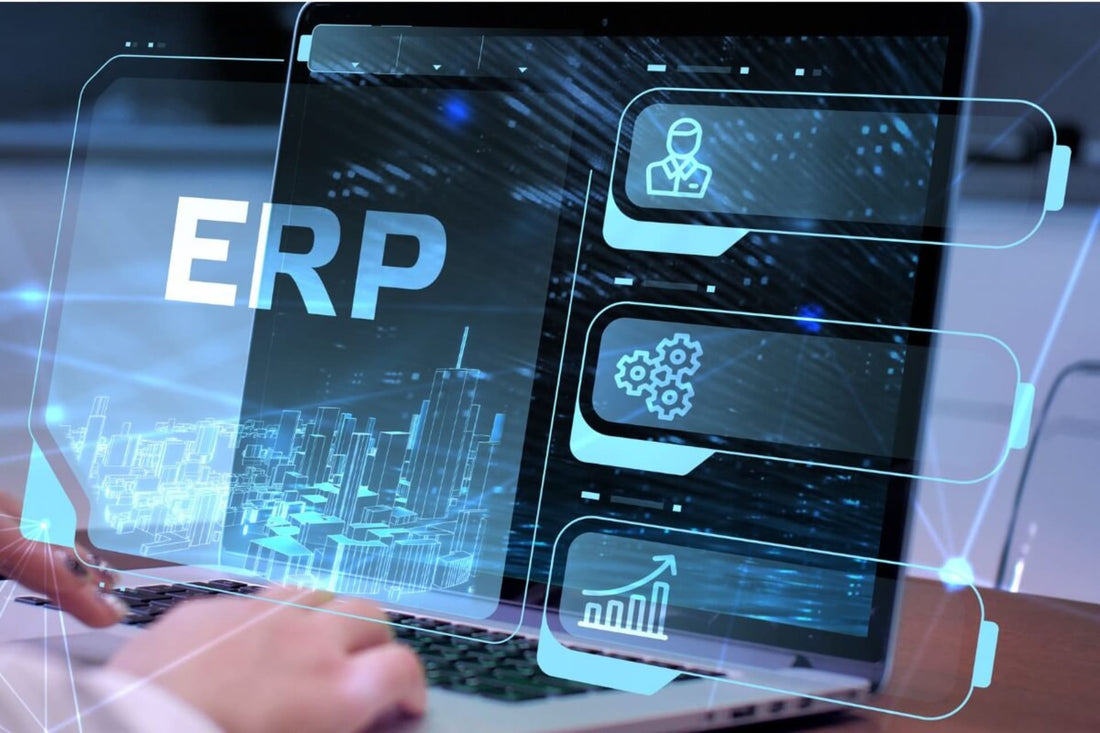While ERP applications can be customized, it is important for businesses to initially choose the right application based on the features they need.

Enterprise resource planning (ERP) is important for all businesses to ensure they efficiently manage important parts of the business such as planning, purchasing, sales, marketing, finance and HR. ERP applications streamline the process by integrating all the systems needed to perform ERP tasks on a single platform. These applications facilitate communication between business units and provide useful reporting functions.
ERP applications have evolved over the years and most are now cloud-based services. While ERP applications can be customized, it is important for businesses to initially choose the right application based on the features they need. This is one of the keys to successful ERP application deployment. The other is to implement the system effectively once implemented.
In the sections below, we explore the following questions: How many types of ERP applications are there? What are the types of ERP systems? What are the components of ERP software? What should we consider when purchasing an ERP application? And where can we find ERP applications?
Types of ERP systems
ERP systems can be accessed in three ways: via the cloud, on-premises, or a combination of the two. The types of ERP systems can also be divided according to the type. Although many ERP applications contain many modules in one, some are identified as “manufacturing ERPs”. They can also be categorized by the industry they are specific to, such as a “food and beverage ERP.”
The following video explains the ERP modules better.
What are the components of ERP?
Typically, ERP systems include the following components or modules:
Inventory. The inventory module helps team leaders track the availability of purchased products. It uses unique identifiers that correspond to each item and tracks the physical location of items, such as the raw materials used in the manufacturing process.
Shopping. The purchasing module includes processes related to the acquisition of raw materials necessary for the production of products sold by the company. It may contain supplier lists, requests for quotations (RFQs) to suppliers, and purchase orders. This component is closely coordinated with the inventory module.
Finance and accounting. This section of the ERP helps finance professionals manage cash inflows and outflows and tracks information such as expenses, balance sheets, accounting books, bank statements, tax management and income. Professionals can also generate useful reports using this module.
Human Resources. This module helps the human resources (HR) team manage employee information such as job titles, skills, attendance, and performance reviews. Often, payroll functionality is included in this module, helping HR manage salaries, payroll reports, and travel reimbursement.
Logistics and manufacturing. This component helps companies manage logistics and manufacturing procedures, plan production, maintain equipment, and ensure all necessary materials are present. This module tracks manufacturing progress in real time and interfaces with the purchasing component.
Supply chain management. This module helps companies manage the flow of materials through the supply chain, including suppliers, manufacturers, distributors and retailers. It can interact with purchasing, inventory, and manufacturing components.
Customer relationship management. As its name implies, the customer relationship management (CRM) component helps companies establish and maintain good relationships with customers. It tracks things like communication, calls, meetings, and purchases. This module integrates closely with the sales and marketing module to highlight sales opportunities.
Sales and Marketing. This component handles matters such as RFQs, proposals, sales orders, invoices, and outstanding sales. It also manages promotional campaigns across channels, mainly automated activities, which can be a subcomponent of this module. The reports in this module can help shape future campaigns by tracking customer response.
Things to Consider When Buying ERP Applications
The previous section lists many modules available in ERP applications, but there are others. Some companies may need those not listed here, while others may only need a small selection. Fundamental to the success of implementing ERP applications is finding a solution that includes the modules the company needs. For example, all companies need a financial component, but not all companies manufacture the products they sell, so some may not need this module.
According to a recent Forbes article reviewing a study conducted on ERP users, the most liked ERP applications reflect continuous features, quality improvement and reliability, which help users innovate faster, save time and improve company performance. The providers of these applications also offer product enhancements at no additional cost. Popular ERP application providers also include excellent sales teams and respectful customer service representatives.
According to Foco ERP the top 10 ERP selection criteria are:
- Business Requirements – Why You Need ERP
- Senior management support – if you have C-level buy-in for implementation
- User support – if you have buy-in from end users
- Functional requirements – the specific functions you need the ERP to perform
- Integration with existing systems – whether the ERP will work with your current technology stack
- Budget and resources – whether you have enough to pay for and maintain the ERP
- Technology and future scalability – whether you can support the technology and whether it can support your business as it grows
- Total cost of ownership and ROI – knowing how much the system will cost over time
- Evaluate and select options – methods for determining whether a system is suitable
- Necessary customization – whether the application has the modules your company needs
ERPs for today's business environment
Choosing the right ERP is critical, especially in today's challenging business environment. For example, a good ERP can help with employee retention. Checking the status of team members can bring up areas for improvement to help them remain happy at the company. It can also surface potential internal candidates for hard-to-fill positions for which they may be qualified. Companies that successfully manage the HR function and other processes will prosper, while others may not be as successful.
Source: BairesDev




















































